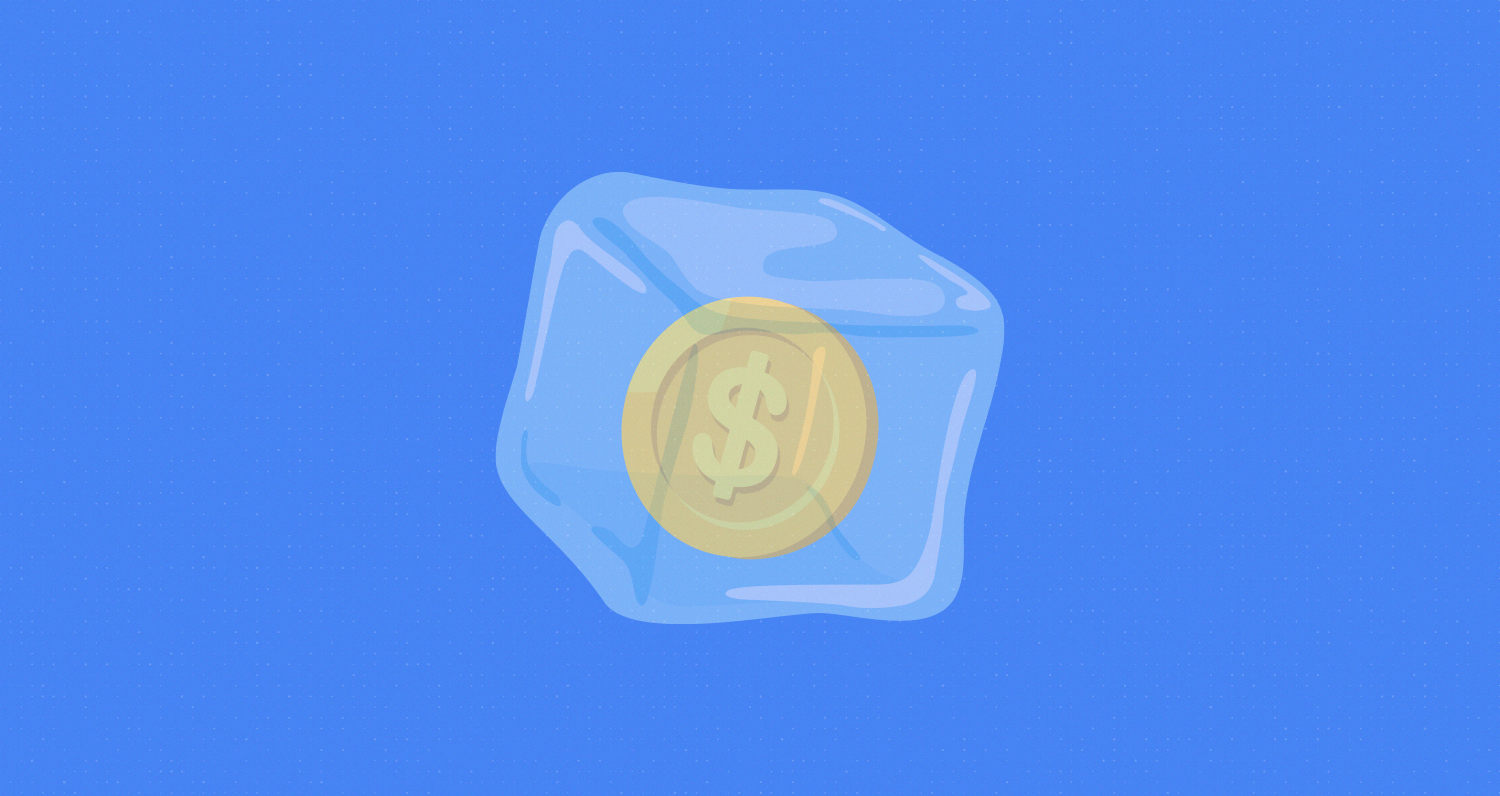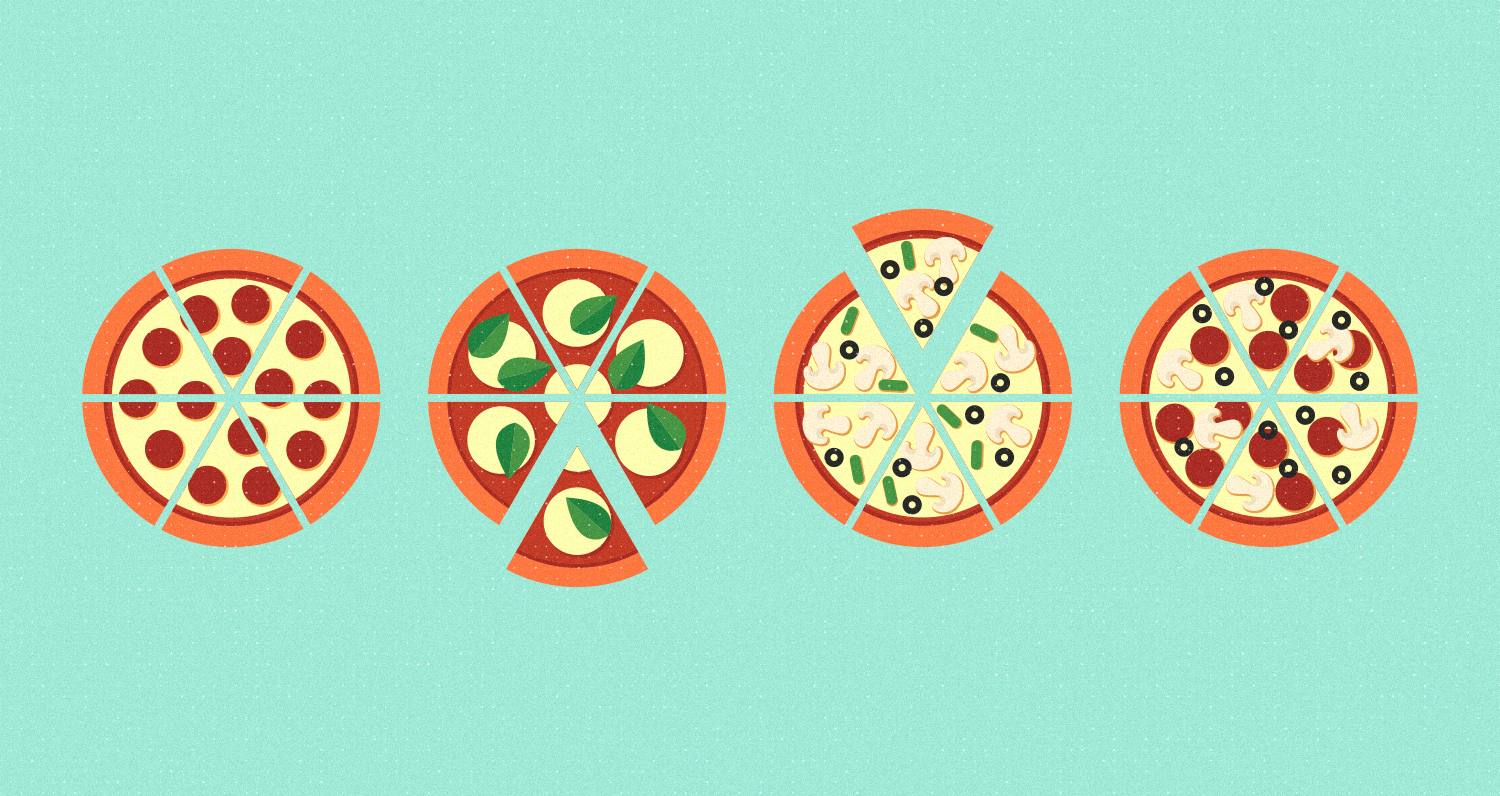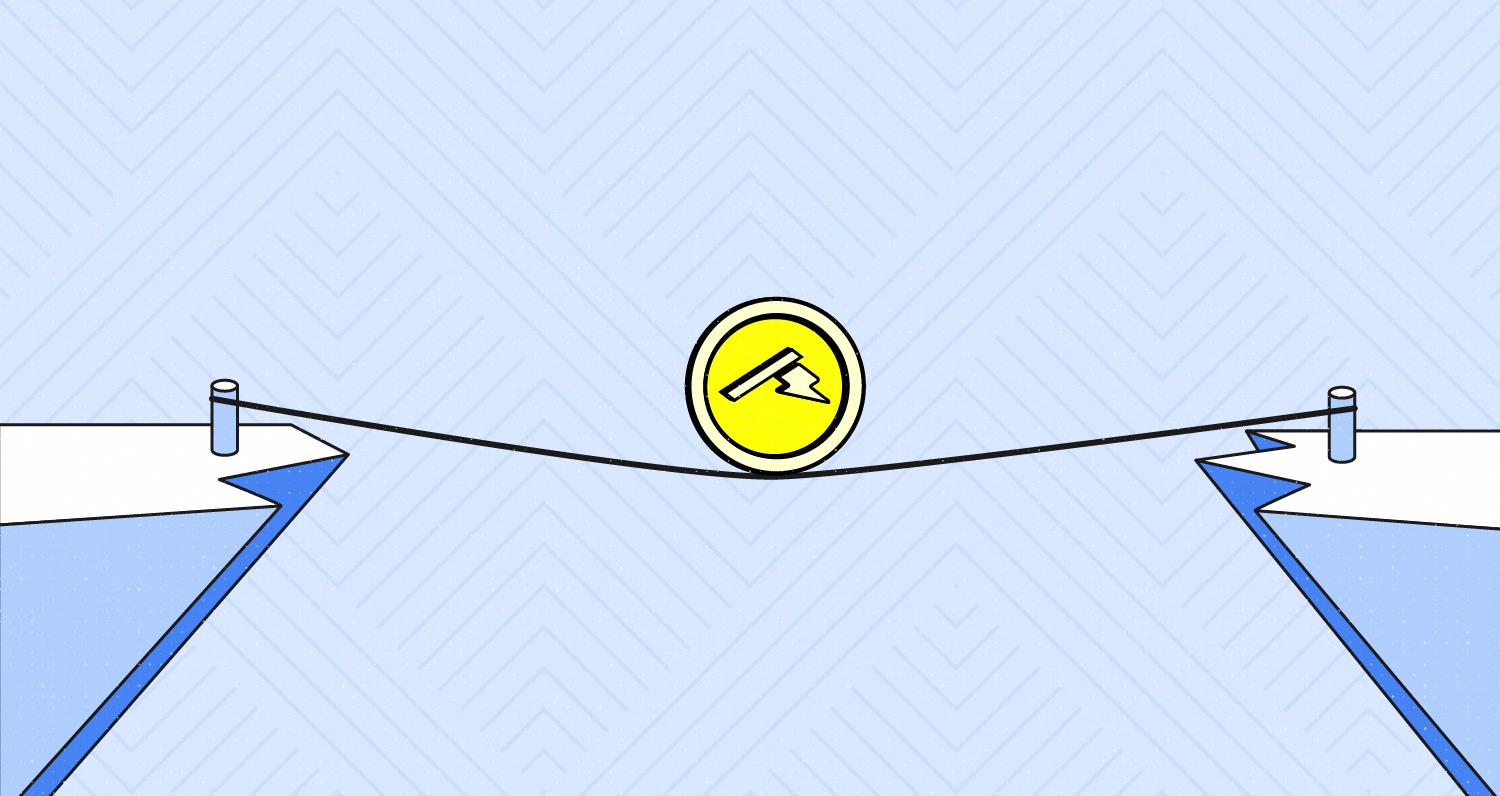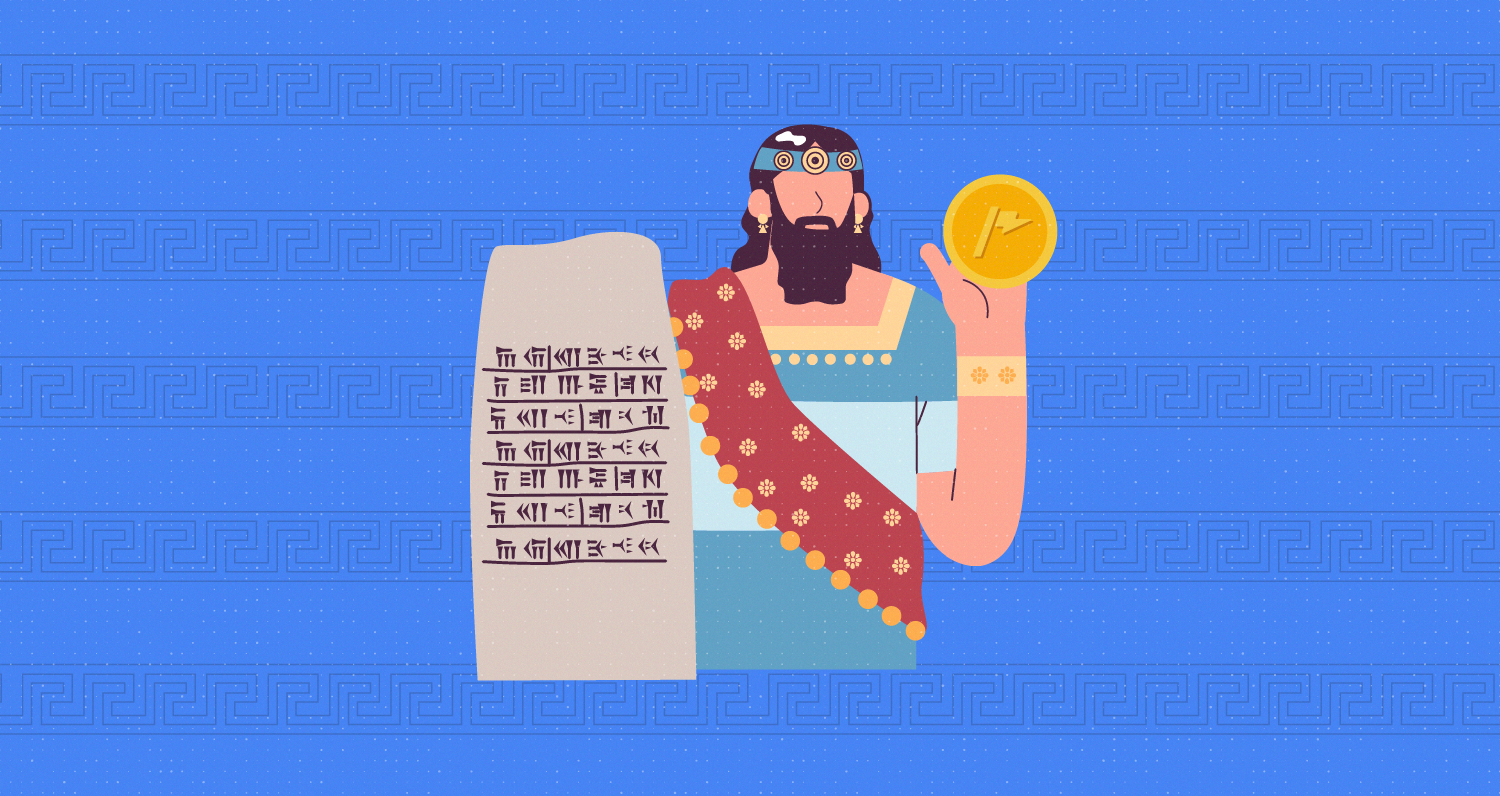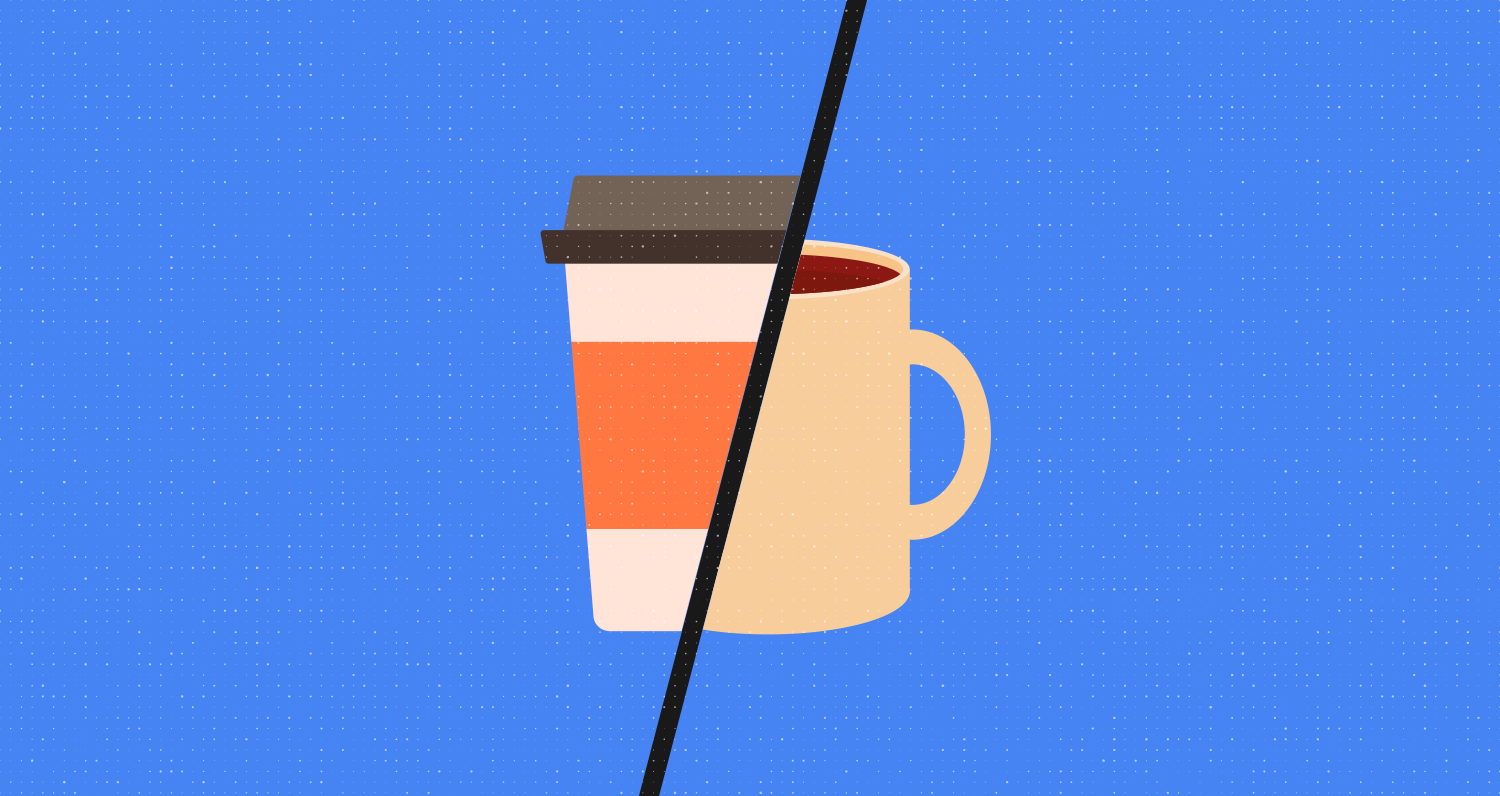Are you ready to take off on a journey to become debt-free? It’s about time to take control of your finances. Here are some strategies/ tips to help you pay off your debts as efficiently as possible. Buckle up.
The Snowball method: bottom-to-top
In general, the snowball concept means that you start with small things and work your way up. As you gain momentum and speed, your snowball will gradually grow.
When it comes to debt, the snowball method involves paying off your debts starting with the smallest balance first, while continuing to make minimum payments on your other debts. As each small debt is paid off, you can then apply the amount you were paying on that debt to the next smallest debt, creating a “snowball” effect. This method can be motivating because you can see progress quickly. Yet, it may not be the most cost-effective way to pay off your debts since your highest interest-rate debts (aka large debts) keep accumulating more interest over time.
Let’s imagine that you saved up $300 this month to pay off your debts (after paying your living expenses). You currently have 3 debts: A student loan with an interest of 20%, a credit card debt with 7% interest, and a house installment with 15% interest The minimum monthly payment required for the 3 debts is $30. If you’ll use the snowball method then you’ll pay the minimum required for the 3 debts ($30 x 3), which costs $90. Then, you’ll pay the remaining money ($300-$90= $210) on the debt with the lowest interest rate (aka the credit card debt).
The Consolidation method: the merge
The name of this method explains it all. It is about merging/ consolidating all your debts into one big debt. Huh? Do you mean that I should acquire a new debt to pay off my other debts? Exactly.
There are two ways to consolidate your debts. The first method is to get a low-interest credit card where you can transfer your debt from the old credit cards to the new one. This is an effective way since you’ll have all your debt in one place. And, the cool thing is that you’ll pay interest for only ONE card.
The second method is to get a fixed-rate debt consolidation loan. This is a loan you take from the bank and it is calculated based on the amount of debt you owe on all your cards. In other words, you’ll combine multiple debts into a larger one. It’s a win-win situation since you’ll only have one debt with more favorable terms- a lower interest rate and a new repayment deadline.


